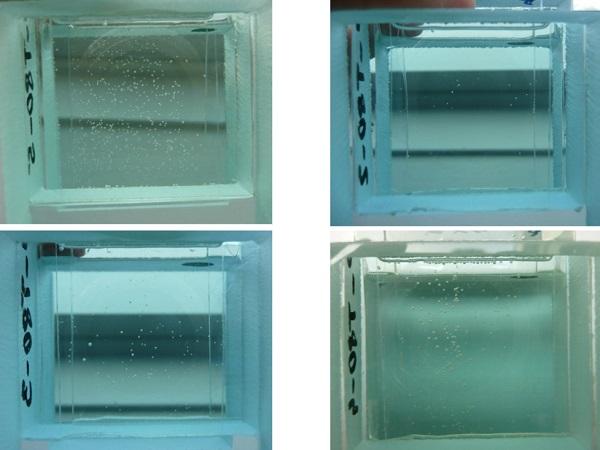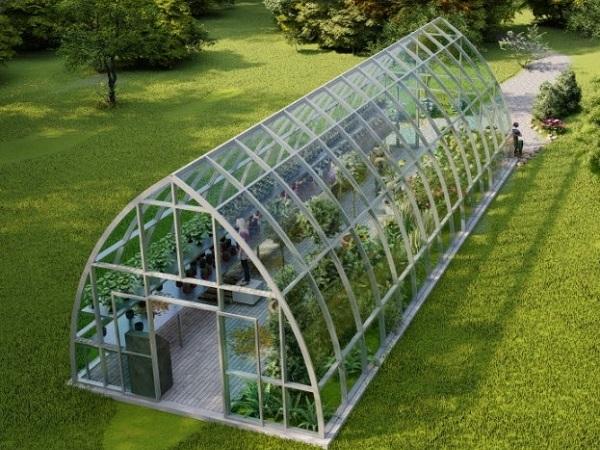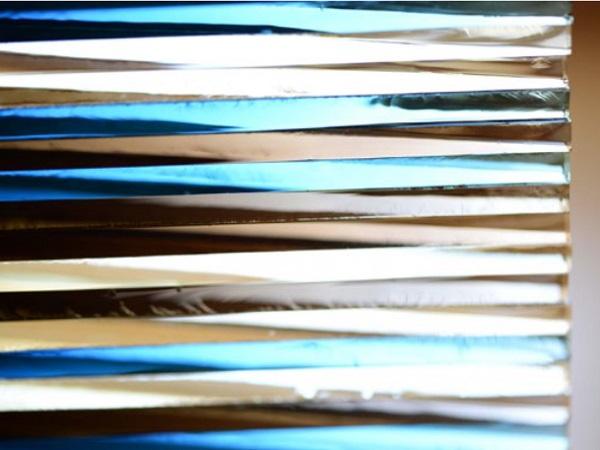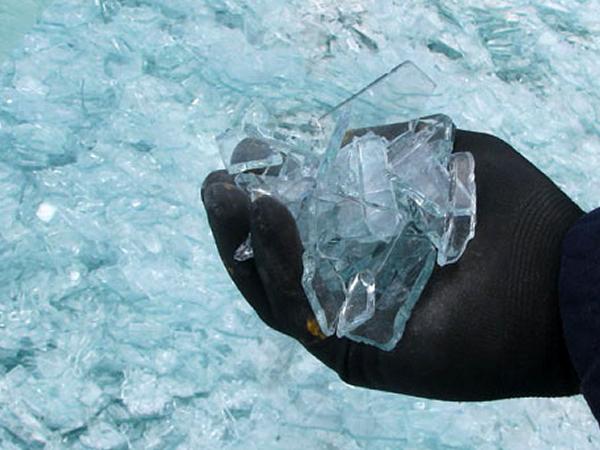Others also read
| Glass units are in demand in structural applications, however, the strength is challenging to predict.
| The current study aims to determine the probabilistic fracture strength of glass plates exposed to arbitrary loading and loading rates by a proposed rate-dependent strength prediction model (SPM).
| The paper presents testing of glass panels, static test and dynamic test by hard body impact.
| The impact of building glass breakage on personnel injury was considered in this model.
| The study describes the results of the shear modulus of viscoelastic interlayers made of polyvinyl butyral and provides the basis to define and evaluate a model for the finite element analysis.
| In this third episode of the #AskGlaston flat tempering series, Taneli Ylinen deals with the commonly asked question of how to handle the issues with mixed production.
| The paper is focused on experimental testing of glass-to-glass connection using transparent adhesives.
| Within this research, two sets of real-scale laminated banister panels with the embedded connection were tested.
| The results of the classification of hail resistance classes for different materials for greenhouse enclosures are presented in this paper.
| Color Depth is a material-based research project investigating the optical and structural properties of thick glass.
| The main challenge in the design of the duplex façade was the high aesthetical performance that the façade had to meet.
| This first episode is devoted to the white haze phenomenon – one of the most asked about issues in the history of #AskGlaston.
| This paper focuses on a recently developed concept, in which glass is combined with timber to provide post-breakage strength and ductility.
| The use of new generation thin, lightweight and damage-resistant glass, originally conceived for electronic displays, is moving its first steps in the built environment, in particular for adaptive and movable skins and façades.
| After seaming, grinding glass edges is another important work step in glass edge processing. The process is primarily used to remove overbreaks and underbreaks at the edges and to process the glass sheets to size.
| Do you still spend precious time doing the meticulous task of manually counting glass cullets for a glass fragmentation test? Or maybe your modern counting tool is not exactly the gold standard? If so, we have some good news for you!
| This paper explores the flexural strength of recycled cast glass—a property relevant to the engineering practice.
| Anisotropy is the term used in the façade industry to describe the manifestation of patterns and colourful areas in heat-treated glass under certain light and viewing conditions.
| Post breakage strength of glass is still an unknown area as analytical models for this are inconclusive so far and thus destructive testing is the only reliable solution.
| This research investigates the potential of glass as a new design tool to highlight and safeguard our historic structures.
| The present paper presents an ongoing research project considering the failure of glass at high strain-rates. It provides a brief review of existing studies showing a strength increase with loading rates relevant for e.g. blast loads.
| In this work, a combined Voronoi and finite-discrete element method (FDEM) approach for reconstructing the post-fracture model of laminated glass (LG) was proposed.
| This study forms part of a wider research programme that aims to better address the end-of-life challenges and opportunities in façade design for re-use.
| The paper presents an overview of the work completed within the on-going research project “Structural safety of glass components” carried out at the Silesian University of Technology, Lund University and RISE Research Institutes of Sweden.
| Sustainability and the circular economy are increasingly influencing work and production processes in glass manufacturing, too.

























